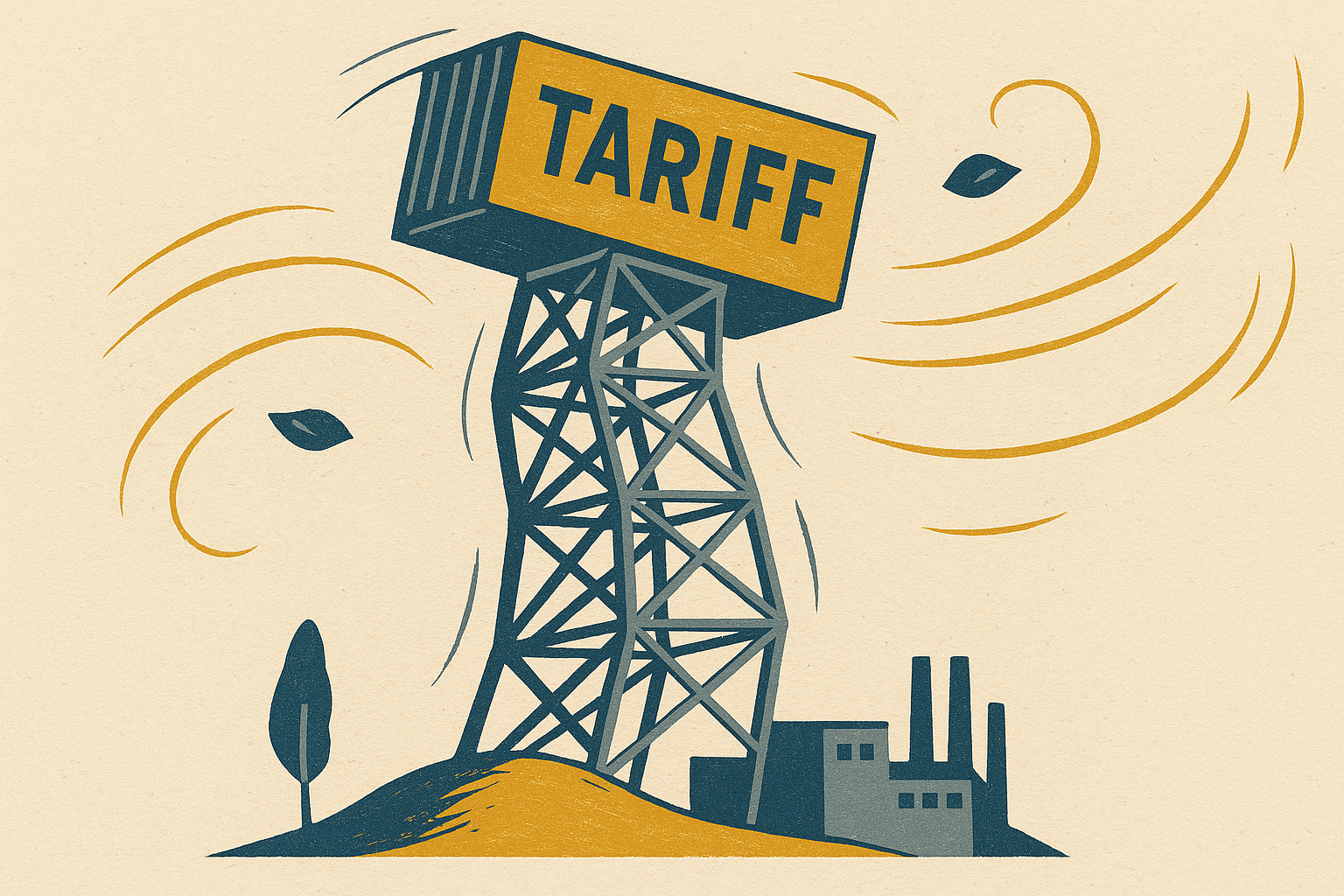A dramatic legal ruling in the United States has thrown the future of its most sweeping tariff policies into doubt — and exposed the fragile legal scaffolding behind decades of executive-led trade action.
On 28 May, the U.S. Court of International Trade struck down key elements of the Trump administration’s recent “Liberation Day” tariff package, a globally-applied set of duties imposed in April under the International Emergency Economic Powers Act (IEEPA). The court held that the president had exceeded his authority by levying broad, non-targeted tariffs without Congressional approval, dealing a potential knockout blow to more than $100 billion in affected imports.
By Thursday morning, the White House had filed an emergency appeal. And by the afternoon, a federal court had granted a temporary stay, reinstating the tariffs until at least 9 June. That brief window of legal clarity, in which tariffs were scheduled to fall away within ten days, has now been replaced by renewed volatility, as the courts and the administration weigh their next moves.
The ruling marks the clearest signal yet that the judiciary is prepared to question the scope of IEEPA, a Cold War-era statute originally designed for sanctions and asset freezes. The Trump administration’s use of IEEPA to justify global tariffs on grounds ranging from economic coercion to the opioid crisis had already drawn legal scrutiny. Wednesday’s decision puts that scrutiny into action, finding that the law does not authorise broad-based duties and ordering the government to roll them back.
But the response from the administration has been anything but conciliatory. Even as its legal team prepares for appellate arguments, officials have already begun sketching out alternatives. A so-called “Plan B” would shift legal justification from IEEPA to other dormant trade authorities — notably Section 122 of the 1974 Trade Act, which allows the president to impose temporary tariffs of up to 15% for balance-of-payments reasons. Officials are also exploring the more familiar terrain of Section 301 (used for retaliatory duties) and Section 232 (national security).
While such authorities come with their own limitations, the message is clear: the tools may change, but the trade posture won’t. From the administration’s perspective, tariff leverage remains central to its broader policy aims — whether that’s pressuring China, countering Mexican cartel flows, or supporting U.S. manufacturing. If one set of legal justifications falters, another will be summoned in its place.
For international businesses, that continuity of intent — paired with the fragility of execution — is uniquely unsettling. At least temporarily, the 28 May ruling exposed just how reversible U.S. tariff regimes can be. Companies that had priced in an assumption of lasting duties are now reassessing contracts, origin strategies, and customs exposure. The brief prospect of their removal created a momentary whiplash for those with shipment schedules or FX hedges aligned to the existing regime.
Market analysts, meanwhile, warn that the volatility is likely to persist. The reinstated tariffs will remain in place for at least another week while courts assess the appeal, but their legal foundation is now under sustained attack. Competing rulings in separate jurisdictions may also force a faster escalation to the Supreme Court.
Behind it all lies a broader tension that has long dogged U.S. trade policy: who ultimately decides? In theory, Congress holds constitutional authority over trade. In practice, executive branch workarounds — emergency powers, national security exceptions, retaliation clauses — have become the norm. This latest challenge is a sharp reminder that those workarounds, while expedient, are not unassailable.
Whether or not the courts ultimately uphold the IEEPA tariffs, the episode offers a clear message for global firms: trade exposure is no longer a matter of statutory stability, but of legal and political improvisation. That shift demands a new kind of preparedness — not just for new tariffs, but for the rules that shape them to unravel.
Want more insights? Read an extended version on BQ Executive.


